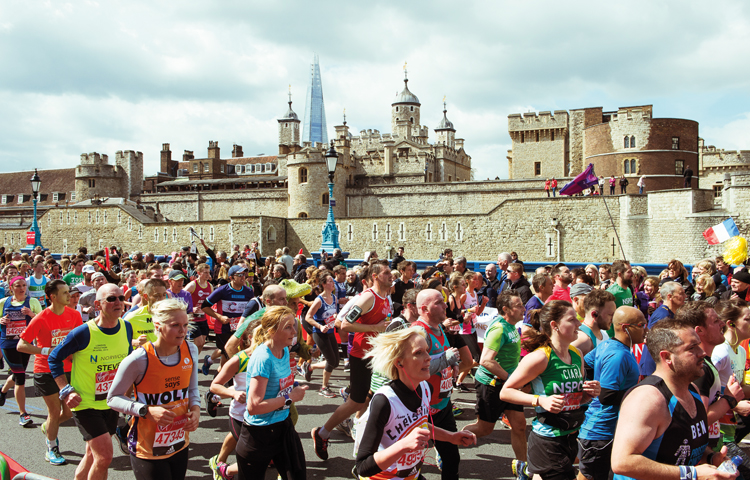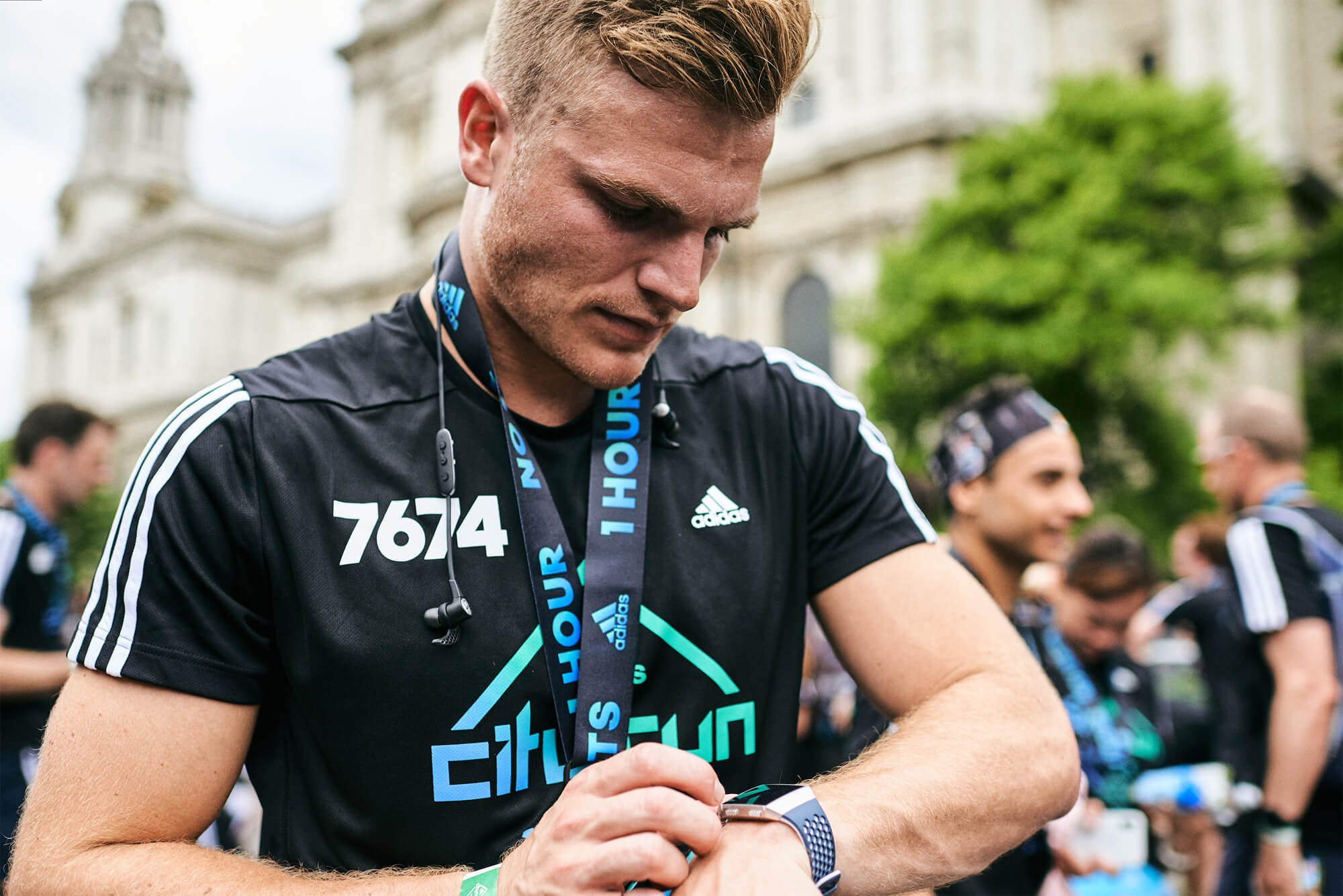
The last six miles can make or break a marathon
One of the most common questions runners ask is, “How can I train to run strong for the whole 26.2 miles?” The answer often surprises people, but it remains the same: a marathon doesn’t really begin until the 20-mile mark.
You can feel like a sub-2:20 runner at 17, 18 or 19 miles, turn a corner and suddenly feel empty; totally cut from emotional and physical energy. Marathons are a game for the brave and you will certainly be asked every physical question in the final miles, but they’re a game that’s a lot easier for the patient, wise and properly prepared.
Many of the great runners have used the phrase ‘the first 20 miles are just transport’. They’re not talking about taking a sneaky cab to the 20-mile marker; they mean that the first 20 miles are just about getting there, and that’s when the real running begins.
Having transported yourself to the real start line, what can you do to prepare for your assault on the crucial final six miles?
1. Run a continuous/Kenyan hill session each week, up until the final four to six weeks of your preparation
Running uphill at threshold for 45-90 seconds, turning and running down at threshold, turning and repeating for blocks of time builds amazing muscular endurance in the hips, glutes and lower limbs – all the areas where you gradually fatigue or can even cramp in the final miles. The Kenyans are masters of this session.
Repeat the up-down pattern until 10 minutes has elapsed and then have a two-minute recovery jog. Do a total of three 10-minute blocks.
2. Run your long runs slowly in the early weeks
It teaches the body to use more stored fats as energy. In the early days, you should aim to run 45-60 seconds per mile slower than your planned race-day marathon pace.
In the final 8-10 weeks, your long runs should sometimes include blocks or periods of planned marathon pace, ideally in the final third or second half of your run.
A great example might be a 2:30 long weekend run where the first 90 mins are slow and the last 60 are at your planned race pace. This trains the body physically and mentally to deal with the 20-mile point on race day. Your brain will tell your body, “At 20 miles, you go to work!”
3. Take gels in the long runs once they are longer than 90-120mins and eat your planned race-day breakfast
A gel every 30mins is ideal for most brands, especially the likes of High5, SIS and Lucozade. Also try the caffeine versions of each gel in the second half of your long runs, as these may help you on race day.
There is lots of research to say caffeine stimulates the use of fats and keeps you alert. Try it in training though, and NOT for the first time on race day. You also need to remain hydrated without drinking too much. Many runners drink far too much and tire through lack of energy, rather than lack of water.
4. Include threshold running into a run each week
This isn’t flat out 5K or 10K pace; it is controlled discomfort, or three to four-word answer pace when it comes to effort. We call it ‘uncomfortable running’ and for the experienced it sits between your 10K and half marathon paces/efforts.
Try sessions of 4-5 x 5mins off a 90-second jog recovery built into your run and build this to 3 x 10mins over the weeks.
It works for the likes of Mo Farah and Paula Radcliffe and will certainly strengthen your heart to cope with 26.2 miles.
5. Take an easy week every three to four weeks in your plan and don’t run for longer than 3hrs 15mins, even on your longest runs
So many runners arrive at marathon day overtired from the training in the months before.
Your best long run is the race itself and you certainly don’t have to run 26 miles or near to it in training to prove you can do it on race day.
6. Think outside the box and include some conditioning work
This could be aerobic sessions in the pool, swimming or aquajogging, or time on the bike or cross-trainer. Either way, you are adding extra aerobic training and strengthening the heart and muscles without risking injury through impact.
Ever looked at a tired marathon runner at 22 miles? That terrible posture means the muscles can’t keep the skeleton upright and working efficiently.
Have a look at Paula Radcliffe in the final few miles of her world marathon record in London; you will see the same body position at 26 miles as at the beginning of the race, which is partly thanks to conditioning those posture muscles to work for longer.






